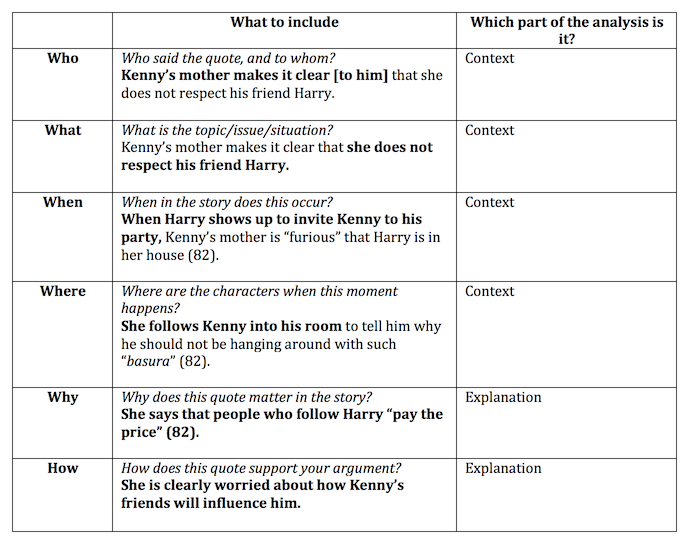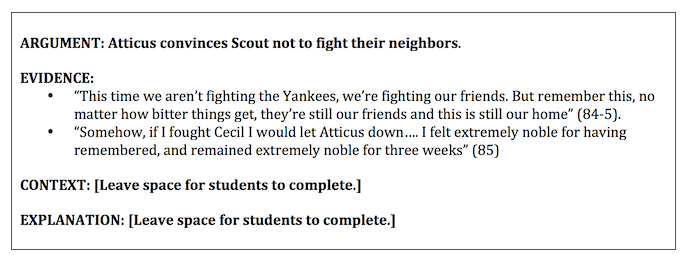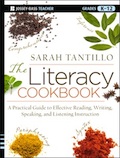Nonfiction Writing: How to Build a Quote Sandwich
When writing non-fiction paragraphs or essays, students must frame their quotes (evidence) with appropriate context and explanation. In English teacher speak, we call this “building quote sandwiches.”
This process is often challenging for students.
As I’ve described here, students must move through six “Argument vs. Evidence” steps to become effective writers. Once they’ve mastered Step 1 (distinguishing between arguments and evidence), Step 2 (matching arguments with relevant evidence), and Step 2.5 (selecting the BEST relevant evidence, as explained here and here), they can focus on Step 3, which involves supporting arguments with relevant evidence and explanation.
Sloppy sandwich-making
Ineffective quote sandwiches take several forms. Students select irrelevant/weak evidence, fail to provide sufficient context, or fail to explain how the evidence supports their argument.

In student writing, that more-of-the-same approach looks like this (student paragraph, writing about To Kill a Mockingbird):
Scout seems to act more like a girl every day. “Scout, I’m telling you for the last time, shut your trap or go home—I declare to the Lord you’re gettin’ more like a girl every day!” (57).
Students who write this way are showing us that they do not understand how a quote sandwich should be constructed. They might not understand what “context” means. You could try explaining that concept with “negative space jujitsu,” as I did in a classroom with kids (told here). Or they might not see the point of explaining things. You could use my “Mean Mom” skit (described here) to demonstrate why they should.
But sometimes students remain baffled. What more can you do?
It turns out that my favorite Common Core Standard, Reading Informational Text Standard 2.1, comes in handy again.
As I’ve explained here, the 5Ws and H questions (Who, What, When, Where, Why, and How) are critical to effective reading. They are also helpful when building quote sandwiches. As noted in the organizer below, answering the first four provides context, and “Why” and “How” are of course a must for explanation.
Using 5Ws and H for Context and Explanation
Here is a writing sample about An Island Like You (a collection of YA short stories by Judith Ortiz Cofer) using quotes from the text. In the boxes below, you will see how various sentences address the 5Ws and H questions.
In the beginning of the story, Kenny’s mother makes it clear that she does not respect his friend Harry. When Harry shows up to invite Kenny to his party, Kenny’s mother is “furious” that Harry is in her house (82). She follows Kenny into his room to tell him why he should not be hanging around with such “basura” (82).
She says that Harry acts like “the devil, tempting innocent barrio girls and boys with free drugs and easy living until they [are] hooked” (82). She goes on and on about how Harry’s behavior is wrong. She says that people who follow Harry “pay the price” (82). She is clearly worried about how Kenny’s friends will influence him.

Colleagues in the field who’ve tried this out have also given students practice by providing an argument and evidence, with space for students to insert context and explanation, like this:

___________





































Great, relevant examples to pull from for the classroom.